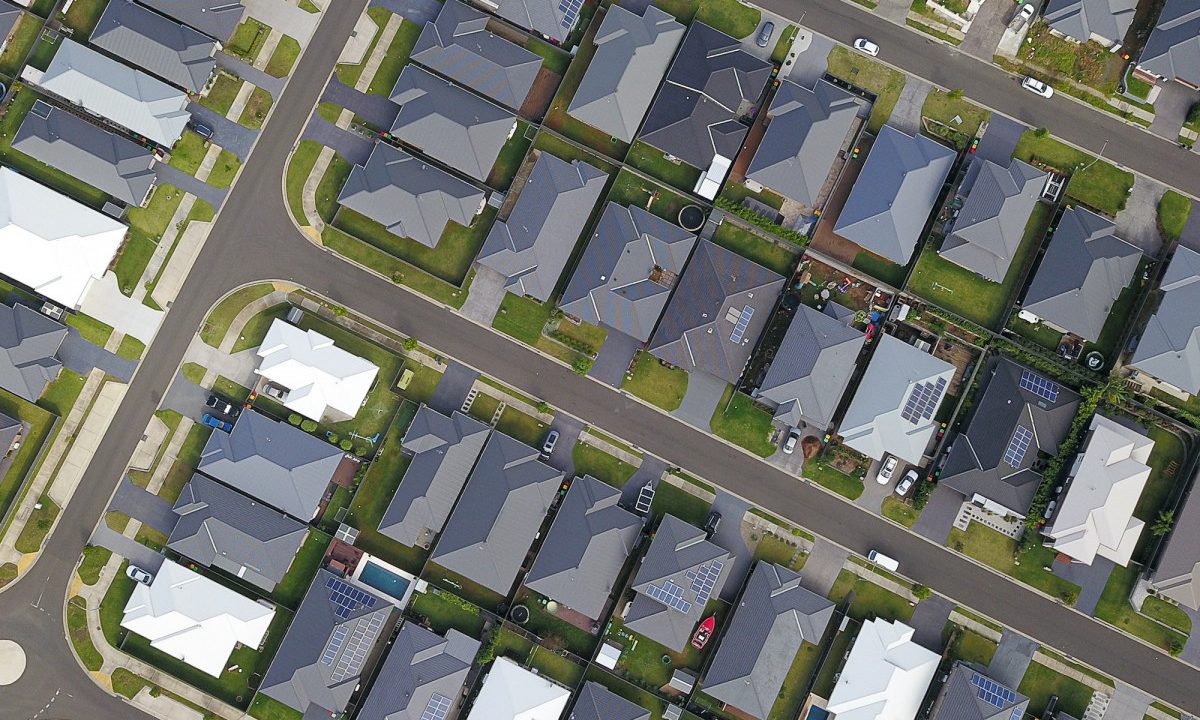Real Estate Market Analysis: Evaluating Neighborhood Prospects
Real estate market analysis plays a pivotal role in evaluating neighborhood prospects and identifying lucrative investment opportunities. In this article, we delve into the importance of conducting comprehensive market analyses to assess the potential of different neighborhoods, enabling real estate investors and professionals to make informed decisions.

Understanding Real Estate Market Analysis:
Real estate market analysis involves studying various factors that influence property values, demand, and growth prospects within a specific neighborhood. It is essential for identifying emerging trends, assessing the health of the market, and understanding the unique characteristics of each location.
Factors Considered in Market Analysis:
1. Location and Accessibility: The location of a neighborhood is a crucial determinant of its prospects. Proximity to amenities, transportation hubs, schools, and major employment centers can significantly impact property values and demand.
2. Demographics and Population Growth: Analyzing demographics and population growth helps gauge the demand for housing and the potential for future development and investment.
3. Housing Market Trends: Understanding the current housing market trends, including average property prices, rental rates, and inventory levels, provides insights into the neighborhood’s overall health.
4. Economic Indicators: Economic indicators such as job growth, GDP, and unemployment rates influence the demand for housing and property investments.
5. Infrastructure and Development: The availability of infrastructure, ongoing and planned developments, and urban planning initiatives can indicate the growth potential of a neighborhood.
6. Real Estate Market Cycle: Assessing the market cycle helps investors identify the stage of the market and make strategic decisions accordingly.
Analyzing Comparable Sales:
Comparative market analysis (CMA) involves studying comparable sales in the neighborhood to determine fair property values. By comparing similar properties in terms of size, location, and features, real estate professionals can estimate the market value of a property.

Assessing Rental Demand:
For investors interested in rental properties, analyzing rental demand is critical. Factors such as vacancy rates, average rental prices, and tenant preferences provide insights into the potential for rental income.
Predictive Analytics and Data Insights:
Advancements in predictive analytics and big data enable real estate professionals to gain deeper insights into market trends and forecast future changes. Analyzing historical data and market trends helps predict future demand and property appreciation.
Mitigating Risks:
Market analysis also helps identify potential risks, such as oversupply, economic downturns, and demographic shifts, allowing investors to make calculated decisions and mitigate risks effectively.
Conclusion:
Real estate market analysis is an invaluable tool for evaluating neighborhood prospects and making informed investment decisions. By considering various factors, analyzing comparable sales, and leveraging predictive analytics, real estate professionals can gain a comprehensive understanding of the market and identify opportunities for growth and success.






[…] Real estate market analysis plays a pivotal role in evaluating neighborhood prospects and identifying lucrative investment opportunities. […]